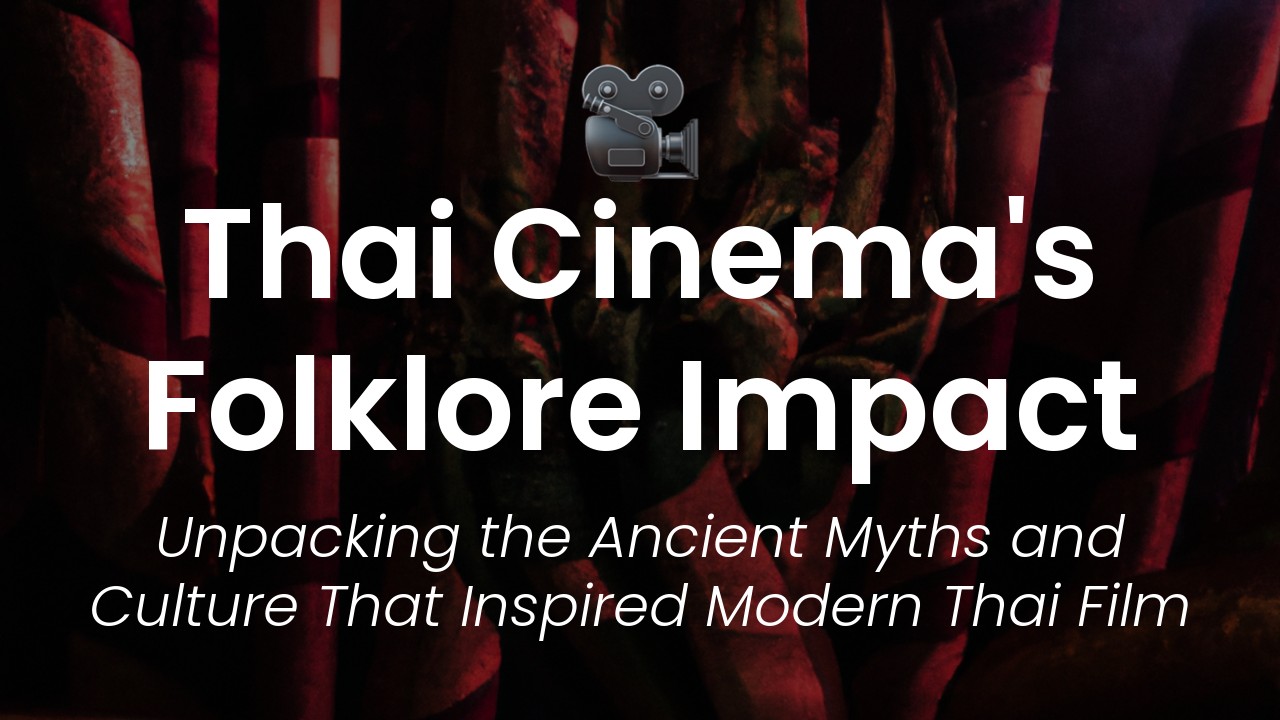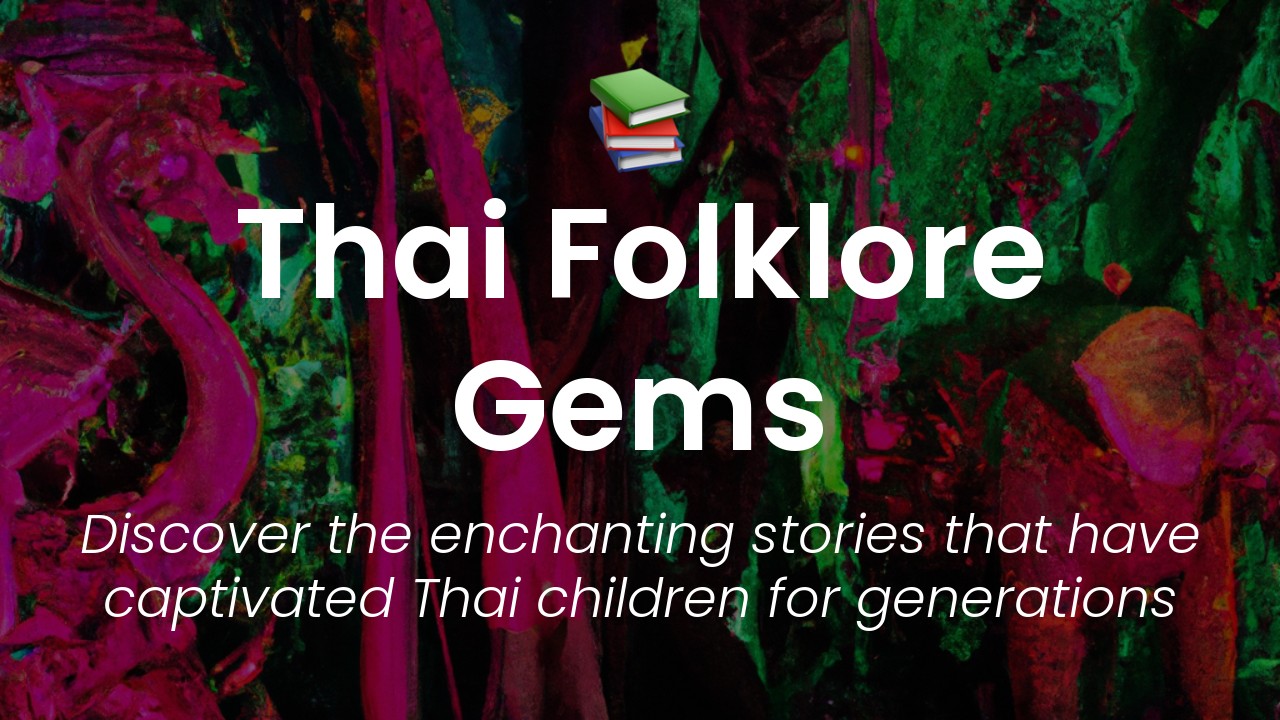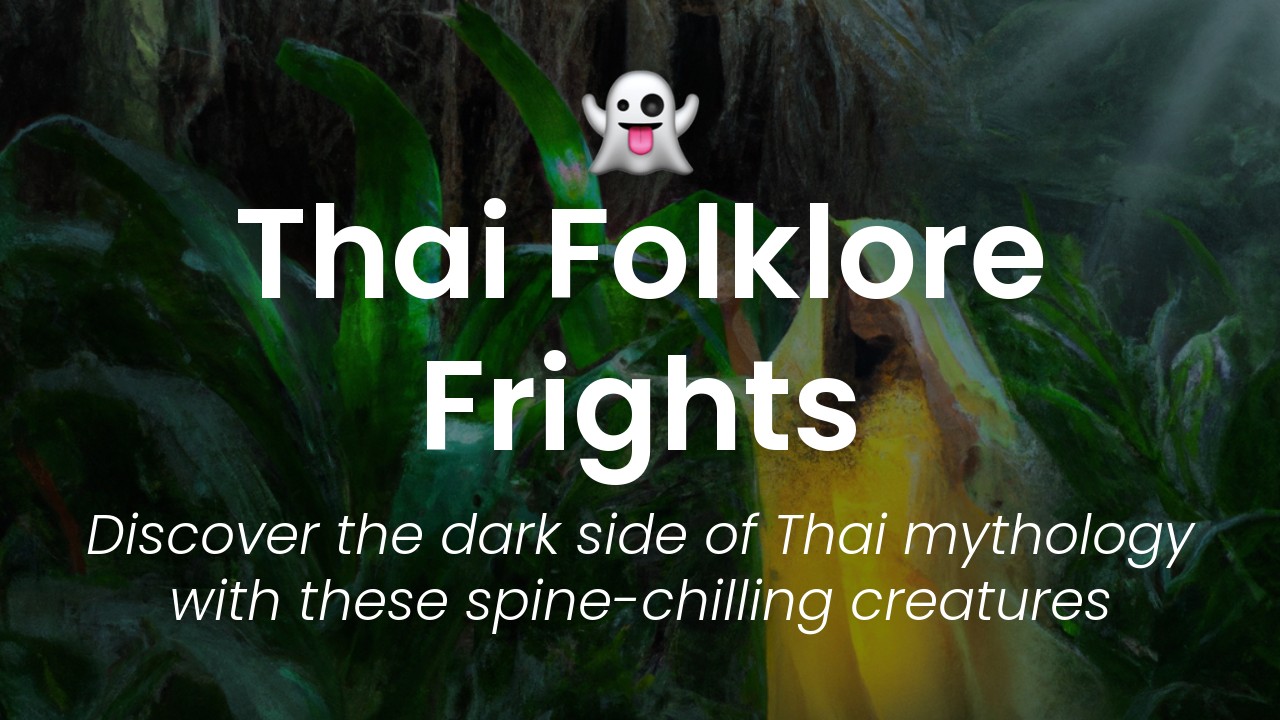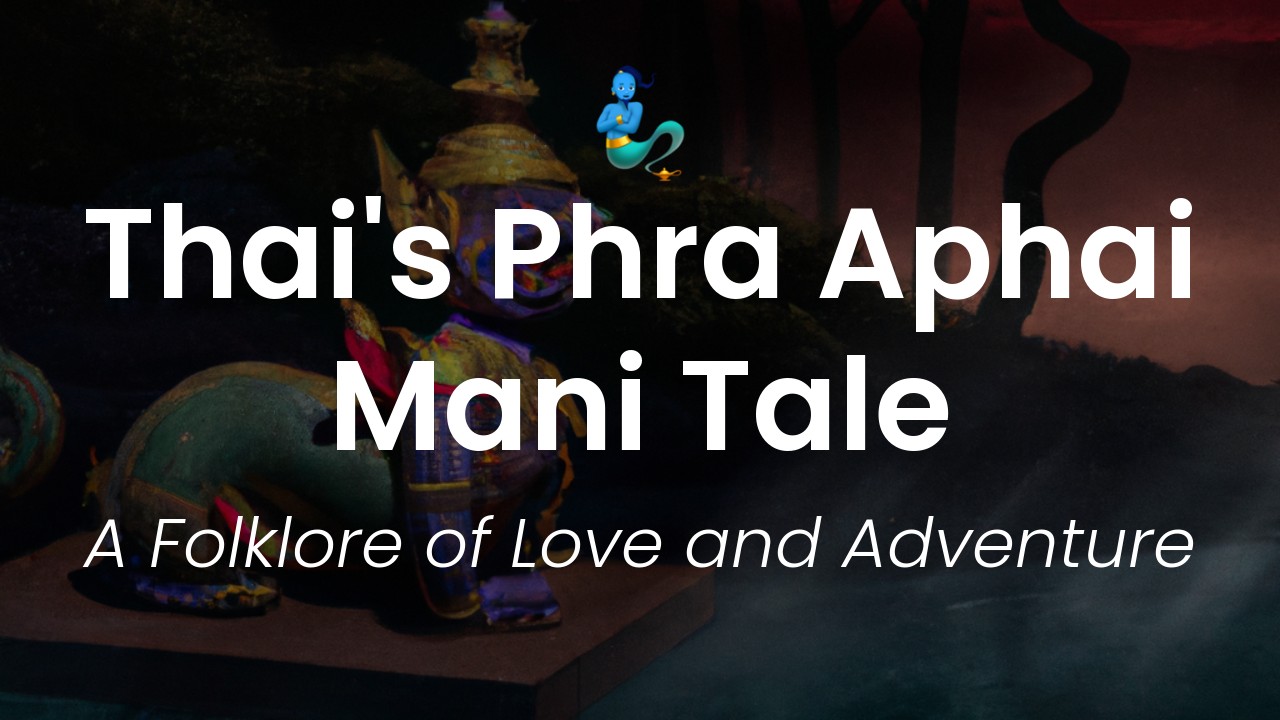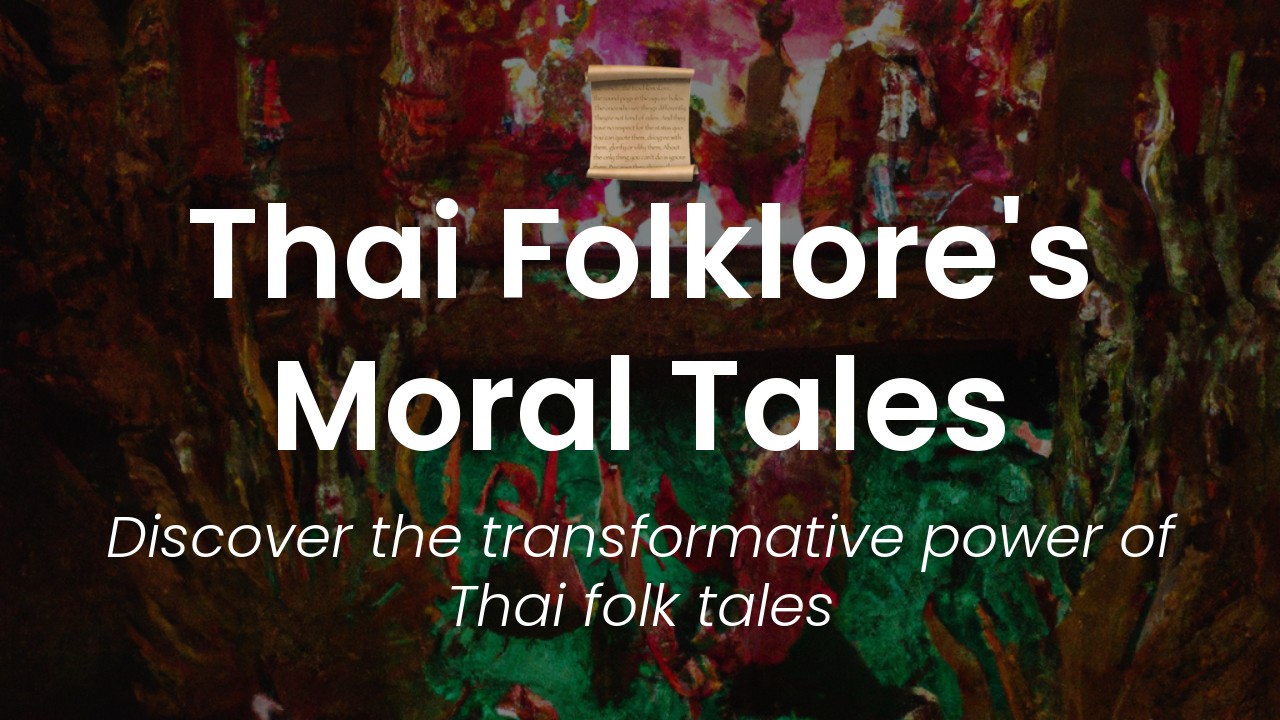I have always been fascinated by the captivating stories and myths that are woven into the fabric of Thai culture. Thailand has a rich history of folklore, with tales of spirits, ghosts, and mythical creatures that have been passed down from generation to generation. These stories have not only helped to shape the Thai identity but also influenced Thai cinema, transforming it into a unique and flourishing industry.
Thai folklore has played a significant role in shaping popular culture in Thailand. It has inspired filmmakers to incorporate these tales into their films, resulting in a new genre of cinema known as "horrors." These supernatural movies have captured the imaginations of Thai audiences, with many of them becoming box office hits.
In this article, we will explore the impact of Thai folklore on contemporary cinema and how it has revolutionized the film industry. We'll delve deep into the origins and meanings behind some of the most popular Thai ghost stories, such as the "Krasue" and "Phi Pop," and how these tales have been adapted for the screen. I'll also take a look at some of the most iconic horror films in Thai cinema and the techniques used to create an otherworldly atmosphere. So, sit back, relax, and let's explore the fascinating intersection of Thai folklore and cinema.
Overview of Thai Folklore
Thailand is a country rich in cultural heritage and traditions. One of the most fascinating aspects of Thai culture is its stories and beliefs that have been passed down from generation to generation. Thai folklore has played a significant role in shaping Thai culture and has recently gained recognition in the film industry.
Early Examples of Folklore in Thai Cinema
Thai cinema has had a long history of incorporating folklore as a central theme in films. The earliest examples of Thai folklore in cinema date back to the 1940s and 1950s. These films focused on supernatural stories and creatures such as ghosts, demons, and mythical beasts. They captured the imagination of Thai audiences and became a significant cultural export.
Modern Films Based on Thai Folklore
In recent years, Thai folklore-inspired films have become an even more prominent force in Thai cinema. These films combine traditional storytelling with modern-day filmmaking techniques and have gained a considerable following both in Thailand and abroad.
One such film is "Nang Nak," a horror-romance movie based on a well-known ghost story from Thai folklore. The movie tells the story of a man who returns home from war to find that his wife, who died during childbirth, has returned as a ghost to take care of him and their child. The film's success paved the way for other movies based on Thai folklore, such as "Shutter" and "The Promise."
Impact on Thai Cinema Industry
The Hollywood blockbuster "The Ring" inspired many Thai filmmakers to explore the horror genre further. The success of Thai folklore in cinema has made the industry more competitive and increased its global visibility. As a result, there has been an increase in the number of Thai films produced each year, with many of them now being recognized internationally.
Moreover, Thai folklore has expanded the range and appeal of Thai cinema. The folkloric element adds a unique twist to traditional genres such as romance or horror, which can attract a wider audience. Furthermore, Thai folklore has the potential to introduce new audiences to Thai culture, both in Thailand and abroad.
Cross-Cultural Appeal and Export
The popularity of Thai folklore-inspired movies has not been limited to Thailand. "Shutter" and "The Promise" were box office hits in several countries, including the United States, where they received remakes. As a result, Thai folklore has become a vital aspect of Thai movie exports and a reflection of Thai culture on the global stage.
The reception of Thai folklore-inspired movies in other cultures has also led to cross-cultural adaptation and collaboration. In 2016, a French-Thai co-production was released based on a Thai folktale called "Dearest Sister." The film was directed by French director Mattie Do and became the first-ever Laotian entry for the Best Foreign Language Film category at the Academy Awards.
Inspiration for Other Countries' Cinema
The popularity of Thai folklore-inspired films has also inspired filmmakers in other countries. The success of "The Ring" inspired numerous Japanese horror films, and the same phenomenon has occurred with Thai cinema. For example, "Shutter," which tells a story of a photographer who takes pictures of the invisible world inhabited by spirits, has inspired a Chinese and Indian remake.
Future of Thai Folklore in Cinema
Thai folklore has become a defining feature of Thai cinema. The success of Thai folklore-inspired movies has created new opportunities and avenues for the Thai movie industry. The incorporation of folklore in cinema allows Thai filmmakers to achieve both commercial and cultural objectives.
Thai folklore provides a rich source of material for movies that can appeal to both national and international audiences. The success of Thai folklore-inspired movies demonstrates that Thai culture has unique and global appeal.
In conclusion, Thai folklore has revolutionized the Thai cinema industry by providing it with a unique selling point that distinguishes it from other global cinemas. The incorporation of folklore in cinema has provided new ways to tell traditional Thai stories, which have, in turn, fascinated both national and international audiences. This is only the beginning, and it will be exciting to see how Thai folklore continues to be incorporated into cinema in the future and how it inspires other cultures around the world.

